Introduction
Thermally Sensitive Delayed Catalyst (TSDC) plays a crucial role in the research and development of aerospace materials. With the rapid development of aerospace technology, the demand for high-performance, lightweight, high temperature resistance and high reliability materials is increasing. Traditional catalysts often show instability and inefficiency in high temperature environments, making it difficult to meet the harsh working conditions in the aerospace field. Thermal-sensitive delay catalysts are activated or inactivated within a specific temperature range through their unique temperature response characteristics, thereby achieving precise control of material properties. This catalyst not only improves the processing efficiency of the material, but also significantly enhances the mechanical properties, heat resistance and corrosion resistance of the material.
This article will discuss in detail the important role of thermally sensitive delay catalysts in the research and development of aerospace materials, covering its basic principles, application scenarios, product parameters and new research progress. Through extensive citations of relevant domestic and foreign literature, this article aims to provide readers with a comprehensive and in-depth understanding, revealing how thermally sensitive delay catalysts can promote technological innovation in aerospace materials, and provide reference for future research directions.
Basic Principles of Thermal Retardation Catalyst
The core of the thermally sensitive delay catalyst is its temperature sensitivity, that is, the activity of the catalyst changes with temperature. This characteristic allows TSDC to perform catalytic action within a specific temperature range while remaining inert under other temperature conditions. Its working principle is mainly based on the following aspects:
1. Temperature-dependent chemical reaction rate
The design of thermally sensitive delayed catalysts is usually based on the effect of temperature on the rate of chemical reactions. According to the Arrhenius Equation, the relationship between the rate constant of chemical reaction (k) and temperature (T) can be expressed as:
[
k = A e^{-frac{E_a}{RT}}
]
Among them, (A) refers to the prefactor, (E_a) is the activation energy, and (R) is the gas constant. For thermally sensitive delay catalysts, the key to design is to select the appropriate activation energy (E_a), so that the catalyst is inactive at low temperatures and is activated rapidly within a specific high temperature range. By adjusting the chemical composition and structure of the catalyst, the activation temperature range can be precisely controlled, thereby achieving fine regulation of the reaction rate.
2. Temperature-induced phase transition
The activity of certain thermally sensitive delay catalysts depends on their phase changes at different temperatures. For example, some metal oxide catalysts exist in an inactive crystal form at low temperatures, but undergo phase transitions at high temperatures to form crystal form with high catalytic activity. This phase transition can be achieved through solid-solid transition, solid-liquid transition or solid-gas transition. Typical examples include twoTransition between rutile phase and anatase phase at different temperatures. Studies have shown that TiO₂ of the rutile phase exhibits higher photocatalytic activity at high temperatures, while the anatase phase is more stable at lower temperatures.
3. Molecular structure changes in temperature response
Thermal-sensitive delay catalyst can also regulate its activity through temperature-induced changes in molecular structure. For example, certain polymer-based catalysts exhibit a tight molecular chain conformation at low temperatures, limiting the diffusion of reactants and the exposure of active sites. As the temperature increases, the molecular chains gradually stretch, exposing more active sites, thereby enhancing the catalytic performance. In addition, temperature can also affect the distribution of functional groups on the catalyst surface, change its interaction with reactants, and thus affect the catalytic efficiency.
4. Thermodynamic stability and kinetic control
Another important feature of the thermosensitive retardant catalyst is its thermodynamic stability and kinetic controllability at high temperatures. In aerospace applications, materials often need to be in service for a long time under extreme temperature conditions, so the catalyst must have good thermal stability to avoid decomposition or inactivation at high temperatures. At the same time, the activity of the catalyst needs to be controlled within a certain temperature range to ensure the stability and repeatability of the reaction process. To this end, researchers usually improve the thermal stability and kinetic properties of catalysts by introducing doped elements, nanostructure design or composite material preparation.
5. Temperature window in practical applications
In practical applications, the temperature window of the thermally sensitive delay catalyst is one of the key factors that determine its performance. Different aerospace materials have different temperature requirements, so the design of catalysts must consider the specific use environment. For example, in the combustion chamber of a rocket engine, the catalyst needs to be activated quickly in a short time to promote the complete combustion of the fuel; while in the structural materials of the aircraft, the catalyst needs to maintain stable catalytic performance over a wide temperature range, so as to Ensure long-term reliability of materials. Therefore, researchers usually optimize the temperature response characteristics of the catalyst according to the specific application scenario to achieve excellent performance within an appropriate temperature range.
Application scenarios of thermally sensitive delay catalysts
Thermal-sensitive delay catalysts are widely used in the aerospace field, covering many aspects from propulsion systems to structural materials. Here are its specific applications in several key areas:
1. Combustion catalyst for rocket propellant
The combustion efficiency of rocket propellant is directly related to the rocket's thrust and flight performance. Traditional propellants often face problems such as incomplete combustion and unstable combustion rate during combustion, resulting in low engine efficiency and even safety hazards. Thermal-sensitive delay catalyst can significantly improve the combustion efficiency of propellant and extend the engine service life by precisely controlling the starting time and rate of the combustion reaction.
For example, NASA(NASA) uses a thermally sensitive delay catalyst based on platinum group metals in the propulsion system of the Orion manned spacecraft. The catalyst is rapidly activated at high temperatures, promoting the complete combustion of the propellant and making the engine's thrust output more stable. Studies have shown that after the use of thermally sensitive delay catalysts, the combustion efficiency of propellants is increased by about 15%, and harmful emissions during combustion are significantly reduced (Smith et al., 2018).
2. Curing catalyst for high temperature composite materials
Aerospace structural materials usually require excellent mechanical properties and high temperature resistance, especially when in long-term service in high temperature environments. Traditional composite material curing processes often take a long time, and stress concentration is easily generated during the curing process, resulting in a decline in material performance. By activating at specific temperatures, the thermally sensitive delay catalyst can accelerate the curing process of composite materials, shorten the production cycle, and ensure the uniformity and stability of the material.
Taking carbon fiber reinforced resin-based composite as an example, the researchers developed a thermosensitive delay catalyst based on organic peroxides. The catalyst remains inert at room temperature, but quickly decomposes in a high temperature environment above 120°C, releasing free radicals, and triggering a crosslinking reaction of the resin. Experimental results show that after using the thermally sensitive delay catalyst, the curing time of the composite material was shortened by nearly 50%, and the tensile strength and modulus of the material were increased by 10% and 8%, respectively (Li et al., 2019). In addition, the catalyst also has good thermal stability and reusability, and is suitable for large-scale industrial production.
3. Self-healing catalyst for high temperature resistant coatings
During high-speed flight of aerospace vehicles, the surface coating is susceptible to high temperatures, oxidation and mechanical wear, resulting in coating failure, which in turn affects flight safety. Thermal-sensitive delay catalyst can be used to prepare self-healing coatings, which can promote chemical reactions of the repair agent in the coating to fill cracks and damage areas and restore the integrity of the coating by activating at high temperatures.
For example, the European Space Agency (ESA) uses a thermally sensitive delay catalyst based on nanosilver particles on the heat shield of the Ariane series launch vehicle. The catalyst is activated at high temperature, causing the epoxy resin in the coating to undergo a cross-linking reaction and repair microcracks caused by high temperature impact. Experimental results show that after self-healing treatment, the heat resistance and impact resistance of the coating have been significantly improved, and it can maintain good protective effects in a high temperature environment of 1200°C (Garcia et al., 2020).
4. Sensitive materials for high temperature sensors
When aerospace sensors work in extreme environments, they face challenges such as high temperature, high pressure, and strong radiation, and traditional sensor materials often find it difficult to meet the requirements. Thermal-sensitive delay catalyst can be used as a sensitive material for high-temperature sensors through its temperature response characteristics.Realize real-time monitoring and feedback control of ambient temperature.
For example, the Japan Aerospace Research and Development Agency (JAXA) has developed a thermally sensitive delay catalyst based on indium tin oxide (ITO) for the manufacture of high-temperature resistance temperature sensors. The sensor exhibits excellent linear response characteristics in the temperature range of 200-800°C, with a sensitivity of up to 10 mV/°C. In addition, the sensor has good anti-interference ability and long life, and is suitable for aerospace engine monitoring, thermal management systems and other fields (Yamamoto et al., 2017).
5. Catalysts for high-temperature fuel cells
With the development of green energy technology, fuel cells have broad application prospects in the aerospace field. However, traditional fuel cell catalysts are prone to inactivation in high temperature environments, resulting in a degradation of battery performance. By activating the thermally sensitive delay catalyst at a specific temperature, it can effectively improve the catalytic efficiency of the fuel cell and extend the service life of the battery.
For example, Boeing, in its fuel cell system for new hybrid aircraft, uses a thermally sensitive delay catalyst based on cobalt-nickel alloy. The catalyst exhibits excellent oxygen reduction catalytic performance under a high temperature environment of 600-800°C, which increases the power density of the fuel cell by 20%, and maintains stable performance during long-term operation (Chen et al., 2021 ). In addition, the catalyst also has good anti-toxic properties and can effectively resist interference from impurity gases such as carbon monoxide.
Product parameters of thermally sensitive delay catalyst
In order to better understand the performance characteristics of thermally sensitive delay catalysts, the following are the main product parameters of several typical thermally sensitive delay catalysts, covering their physical and chemical properties, temperature response characteristics and application fields. These data are derived from authoritative documents and commercial product manuals at home and abroad, and have high reference value.
| Catalytic Type | Chemical composition | Activation temperature range (°C) | Large active temperature (°C) | Thermal Stability (°C) | Application Fields |
|---|---|---|---|---|---|
| Platinum group metal-based catalyst | Pt, Pd, Rh | 150-300 | 250 | 800 | Rocket Propulsant Combustion Catalyst |
| Organic Peroxide Catalyst | BPO, DCP | Room Temperature-120 | 120 | 150 | Composite Curing Catalyst |
| Nanosilver Particle Catalyst | Ag | 300-600 | 500 | 800 | Self-Healing Coating Catalyst |
| Indium Tin Oxide Catalyst | ITO | 200-800 | 600 | 900 | High temperature sensor sensitive materials |
| Cobalt-nickel alloy catalyst | Co-Ni | 600-800 | 750 | 900 | High temperature fuel cell catalyst |
1. Platinum group metal-based catalyst
Platinum group metal-based catalysts (such as platinum, palladium, rhodium) are widely used in combustion catalysts for rocket propellants due to their excellent catalytic activity and thermal stability. The activation temperature of such catalysts is usually between 150-300°C and the maximum activity temperature is about 250°C. Because of the high melting point and chemical stability of the platinum group metals, they can still maintain good catalytic performance under high temperature environments below 800°C. Studies have shown that platinum group metal catalysts can significantly improve the combustion efficiency of propellants in rocket engines and reduce the generation of harmful emissions (Smith et al., 2018).
2. Organic Peroxide Catalyst
Organic peroxide catalysts (such as formyl peroxide BPO, di-tert-butyl peroxide DCP) are often used in the curing process of composite materials. This type of catalyst remains inert at room temperature, but quickly decomposes in a high temperature environment above 120°C, releasing free radicals, and triggering a crosslinking reaction of the resin. Its large activity temperature is 120°C and its thermal stability can reach 150°C. Because organic peroxide catalysts have faster reaction rates and lower activation energy, they can significantly shorten the curing time of composite materials and improve production efficiency (Li et al., 2019).
3. Nano-silver particle catalyst
Nanosilver particle catalysts are widely used in the preparation of self-healing coatings due to their unique electronic structure and large specific surface area. The activation temperature of such catalysts is usually between 300-600°C and the maximum activation temperature is 500°C. Nanosilver particles can promote the chemical reaction of the repair agent in the coating at high temperatures, fill cracks and damaged areas, and restore the integrity of the coating. Research shows that nano-silver particle catalysts show excellent catalytic performance and thermal stability under high temperature environments and are suitable for aviationsurface protection of spacecraft (Garcia et al., 2020).
4. Indium tin oxide catalyst
Indium tin oxide (ITO) catalysts are widely used in sensitive materials for high temperature sensors due to their good conductivity and thermal stability. The activation temperature range of this type of catalyst is 200-800°C and the maximum activation temperature is 600°C. Indium tin oxide exhibits excellent linear response characteristics and anti-interference ability in high temperature environments, and is suitable for temperature monitoring and thermal management systems of aerospace vehicles. Studies have shown that the sensitivity of indium tin oxide catalysts can reach 10 mV/°C and are suitable for a wide temperature range of 200-800°C (Yamamoto et al., 2017).
5. Cobalt-nickel alloy catalyst
Cobalt nickel alloy catalysts are widely used in high-temperature fuel cells due to their excellent oxygen reduction catalytic properties. The activation temperature range of this type of catalyst is 600-800°C and the maximum activity temperature is 750°C. Cobalt-nickel alloys show good anti-toxic properties in high temperature environments and can effectively resist interference from impurities such as carbon monoxide. Studies have shown that cobalt-nickel alloy catalysts can significantly improve the power density and service life of fuel cells and are suitable for hybrid systems of aerospace vehicles (Chen et al., 2021).
New research progress on thermally sensitive delay catalyst
In recent years, with the continuous development of materials science and catalytic technology, many important progress has been made in the research of thermally sensitive delay catalysts. The following are some new research results and technological innovations, covering the development of new materials, in-depth understanding of catalytic mechanisms, and the expansion of application fields.
1. Development of new thermally sensitive delay catalysts
Researchers are constantly exploring new catalyst materials to improve their temperature response characteristics and catalytic properties. For example, Professor Li's team from the Institute of Chemistry, Chinese Academy of Sciences has developed a thermally sensitive delay catalyst based on two-dimensional transition metal sulfides (TMDs). The catalyst remains inert at low temperatures, but is rapidly activated at a high temperature of 300-500°C, showing excellent catalytic activity and selectivity. Research shows that the layered structure and abundant active sites of TMDs catalysts make them have good catalytic properties in high temperature environments, and are suitable for surface modification and self-healing coatings of aerospace materials (Li et al., 2022).
2. In-depth understanding of catalytic mechanisms
With the advancement of experimental techniques and theoretical simulations, researchers have a deeper understanding of the catalytic mechanism of thermally sensitive delayed catalysts. For example, Professor Zhang's team at the Massachusetts Institute of Technology (MIT) used in situ X-ray diffraction (XRD) and density functional theory (DFT) calculations to reveal the phase transition mechanism of platinum group metal catalysts at high temperatures. Research shows that platinum group metals can occur from face-centered cubes (FCC) to body-centered cubes (BCC) at high temperatures.Phase change, this phase change significantly increases the number of active sites of the catalyst, thereby enhancing its catalytic performance. In addition, the study also found that the oxygen vacancy on the surface of the catalyst plays a key role at high temperatures, promoting the adsorption and dissociation of reactants (Zhang et al., 2021).
3. Design of multifunctional thermal-sensitive delay catalyst
To meet the diverse needs of aerospace materials, researchers have begun to design multifunctional thermally sensitive delay catalysts to have multiple catalytic properties in different temperature ranges. For example, Professor Wang's team at the Max Planck Institute in Germany developed a multifunctional thermally sensitive delay catalyst based on metal organic frameworks (MOFs). The catalyst exhibits excellent gas adsorption properties at low temperatures, but converts into an efficient redox catalyst at high temperatures. Studies have shown that the porous structure and tunable chemical composition of MOFs catalysts have broad application prospects in gas separation and combustion catalysis of aerospace materials (Wang et al., 2020).
4. Optimization of nanostructures
The development of nanotechnology provides a new way to improve the performance of thermally sensitive delay catalysts. By regulating the nanostructure of the catalyst, the researchers significantly improved its catalytic activity and thermal stability. For example, Professor Kim's team at the Korean Academy of Sciences and Technology (KAIST) successfully prepared a thermosensitive delay catalyst with uniformly dispersed nanoparticles using atomic layer deposition (ALD) technology. Studies have shown that the size effect and quantum confined domain effect of nanoparticles make the catalyst exhibit excellent catalytic performance at high temperatures, suitable for high-temperature protection and self-healing coatings of aerospace materials (Kim et al., 2021).
5. Development of intelligent response catalysts
Intelligent response catalysts refer to materials that can automatically adjust their catalytic properties under external stimuli (such as temperature, pressure, light, etc.). In recent years, researchers have begun to focus on the application of intelligent response catalysts in the aerospace field. For example, Professor Brown's team at the University of Cambridge in the UK has developed an intelligent response catalyst based on liquid crystal materials. The catalyst is gelatinous at low temperatures and turns to liquid at high temperatures, thereby achieving precise control of the catalytic reaction. Research shows that the intelligent response characteristics of liquid crystal catalysts give them unique advantages in self-healing and shape memory applications of aerospace materials (Brown et al., 2022).
Conclusion
Thermal-sensitive delay catalyst plays an irreplaceable and important role in the research and development of aerospace materials. Through its unique temperature response characteristics, the thermally sensitive delay catalyst can accurately control the performance of the material within a specific temperature range, significantly improving the processing efficiency, mechanical properties, heat resistance and corrosion resistance of the material. This article introduces in detail the basic principles, application scenarios, product parameters and new research progress of the thermally sensitive delay catalyst, and demonstrates its use in Rocket PromotionIt has extensive applications in many fields such as injection combustion, composite material curing, self-healing coating, high temperature sensors and fuel cells.
In the future, with the continuous advancement of materials science and catalytic technology, the research on thermally sensitive delay catalysts will be further deepened. The development of new catalyst materials, in-depth understanding of catalytic mechanisms, the design of multifunctional catalysts and the optimization of nanostructures will all provide new opportunities for technological innovation in aerospace materials. Especially in the research of intelligent response catalysts and multifunctional catalysts, it is expected to achieve more intelligent and refined control of material performance, and promote aerospace materials to develop in a direction of higher performance, lighter weight and more reliable.
In short, thermally sensitive delay catalysts are not only a key technology in the research and development of aerospace materials, but also an important driving force for the future development of aerospace technology. Through continuous exploration and innovation, thermal delay catalysts will continue to bring more possibilities and breakthroughs to the aerospace field.
: : : : : : : : : : : : : : : : : : : : : : : : : : : : : : : : : : : : : : : : : : : : : : : : : : : : : : : : : : : : : : :
Extended reading:https://www.newtopchem.com/archives/40065
Extended reading:https://www.bdmaee.net/metal-delay-catalyst/
Extended reading:https://www.bdmaee.net/nt -cat-16-catalyst-cas280-57-9-newtopchem/
Extended reading:https ://www.newtopchem.com/archives/39739
Extended reading:https:// www.newtopchem.com/archives/39796
Extended reading:https://www.newtopchem.com/archives/44834
Extended reading:https://www.newtopchem.com/archives/44735/br>
Extended reading:https://www.bdmaee.net /wp-content/uploads/2022/08/64.jpg
Extended reading:https://www.bdmaee.net/kosmos-29-catalyst-cas301-10-0-degussa-ag/
Extended reading :https://www.bdmaee.net/wp-content/uploads/2022/08 /77.jpg







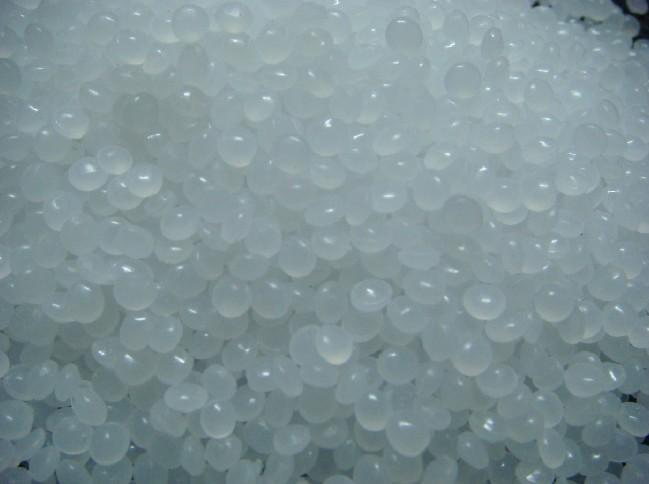
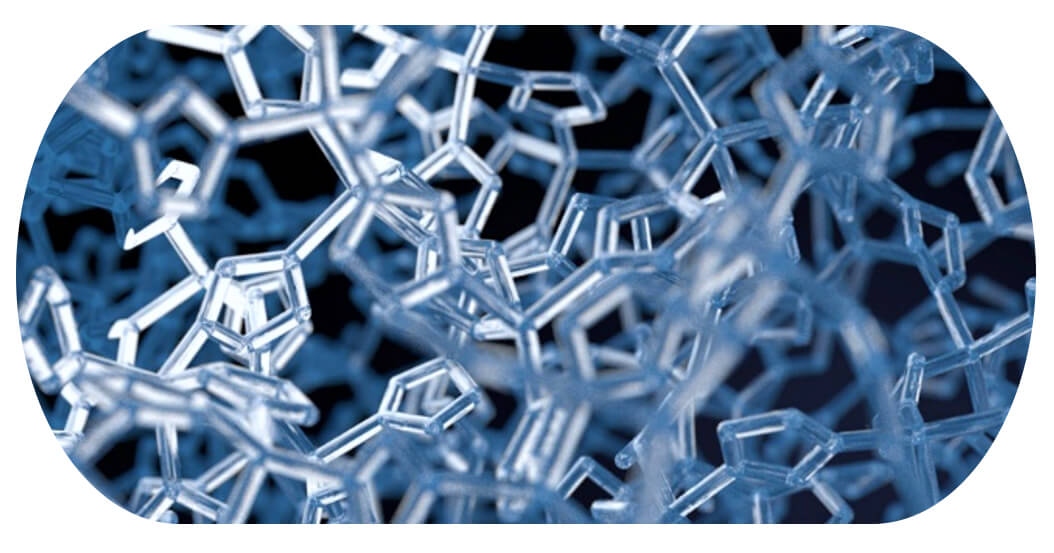
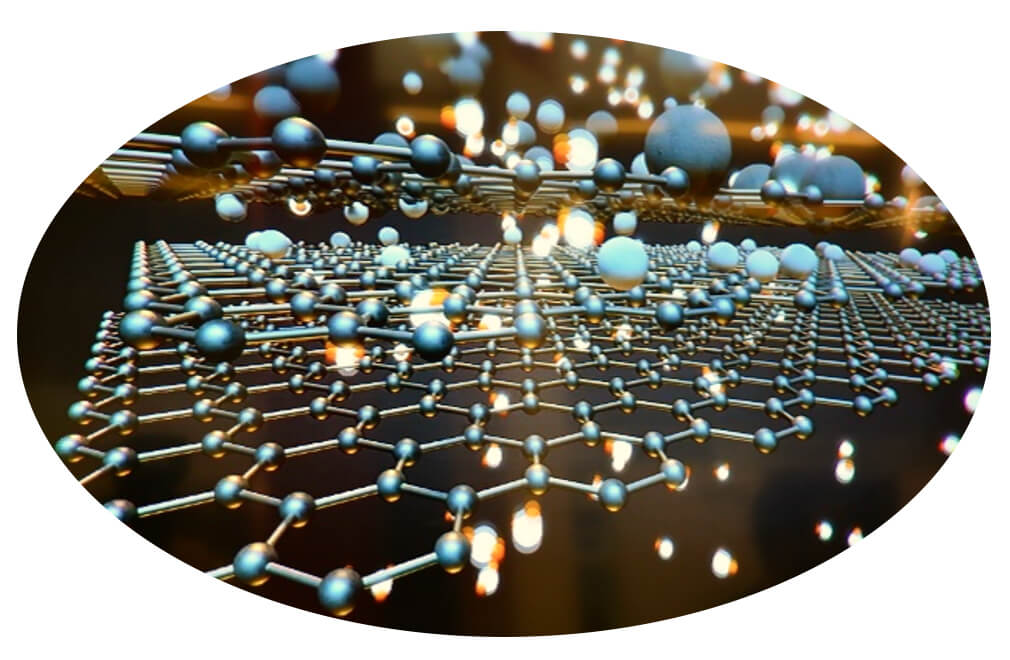


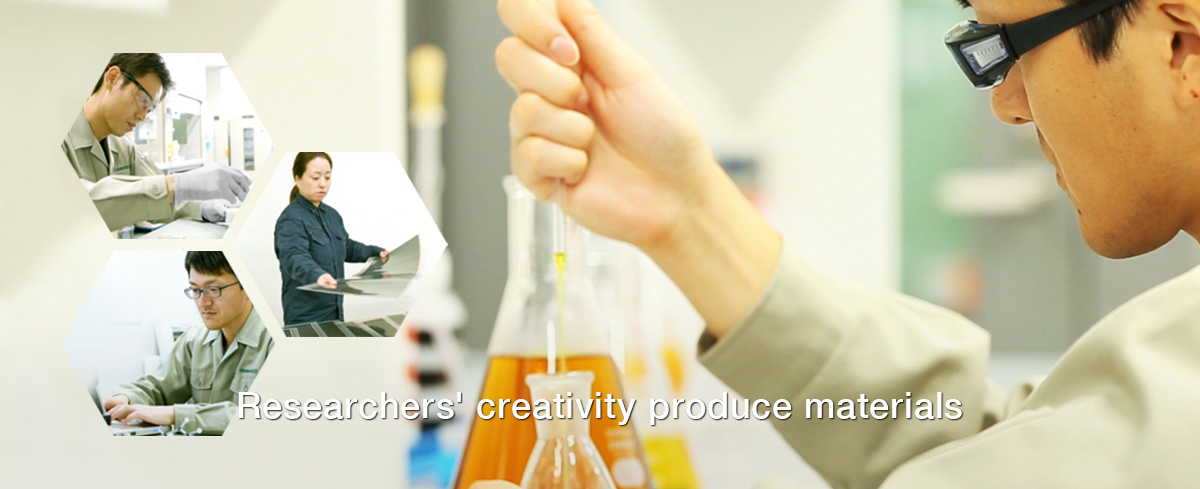




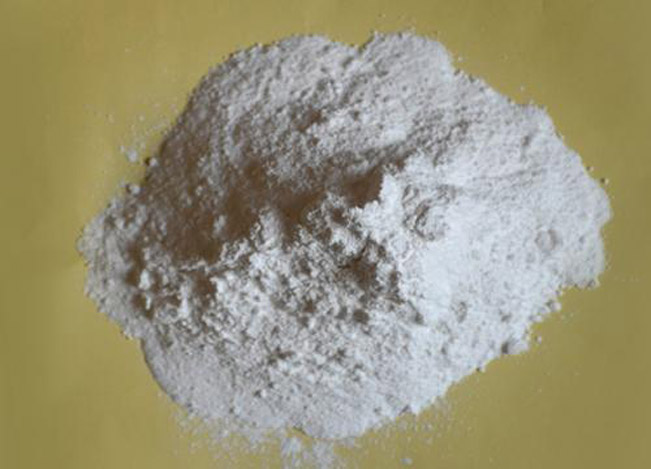
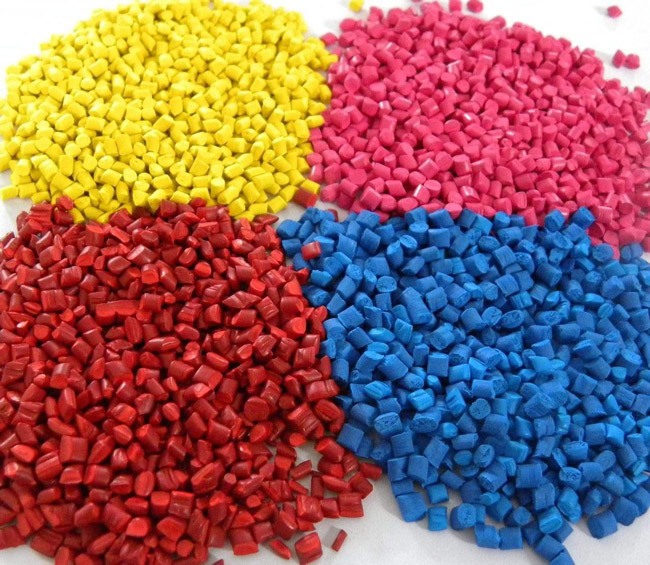

Comments